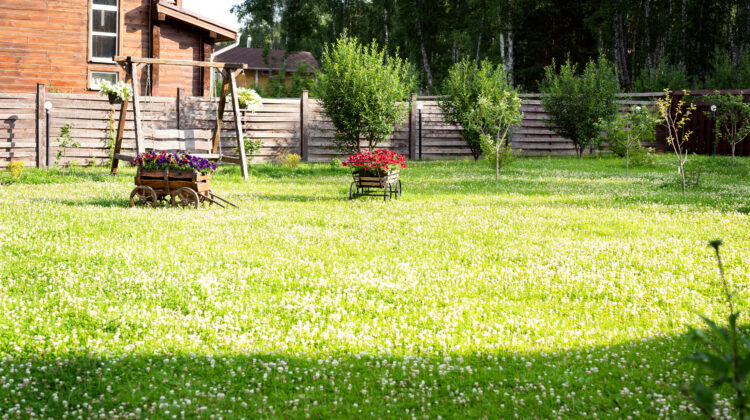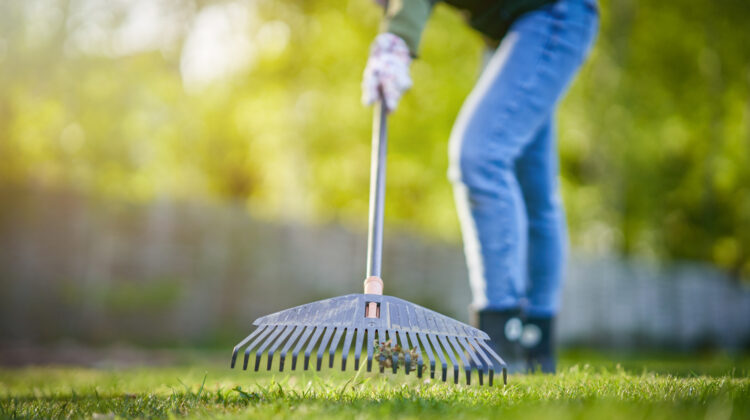
Clover’s reputation has had its ups and downs over the last century, but today’s gardeners are getting wise to clover’s benefits. Here’s why you should want a clover lawn and how to install one:
Clover is versatile, easy to grow, affordable, requires less mowing, and attracts pollinators. And here’s a fun trivia fact: Clover is part of the legume family. Who knew? Which means it’s edible to both humans and grazing animals. Throw some in a salad or make a batch of clover leaf tea and harvest the bounty of your very own clover lawn.
Clover actually improves your lawn’s soil health. It produces a combination of tap roots and fibrous roots that aerate the soil and help create a loose texture of soils, while also keeping weeds at bay.

Clovers can protect soil from wind and water erosion. And did you know? Clover is drought tolerant.
Clover also adds nutrients to your soil, and reduces your need for fertilizers while it acts as a natural mulch to protect your soil.
Clover’s strong root system actually suppresses the growth of weeds, yet requires minimal water for growth as opposed to traditional grass.
Here’s how to install a clover lawn:

- Use the White Clover Varietal
- Mix with an existing lawn (clover tends to go dormant in winter)
- Dethatch areas of your lawn with a rake to expose dirt
- Sprinkle the dethatched areas with clover seed
- Cover with a sprinkle of topsoil
- Water everyday for a week
You should see new clover growth within a week! As your clover lawn matures, remember not to use herbicide as that is detrimental to bees.
Clover lawn? Lucky you.
